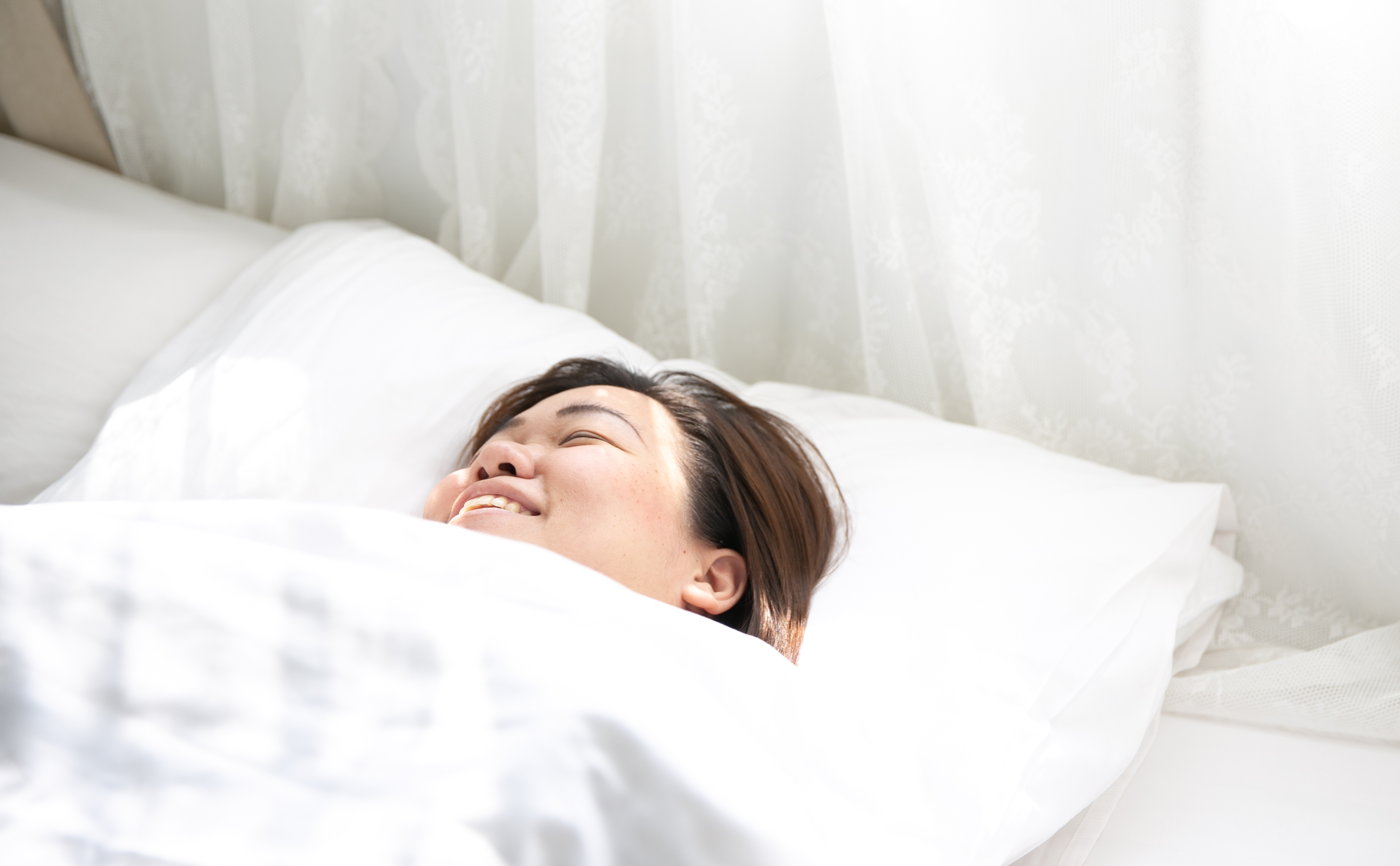In a recent article published by Sleep Review, Ingvar Hjalmarsson, Chief Product Officer at Nox Medical, contributed his insight on the pros and cons of offering multi-night sleep testing, a function that is at the core of Nox Medical’s sleep diagnostic products. The following article discusses his insight further and how Nox Medical plays a role in advancing multi-night diagnostic tools for providers.
An in-lab polysomnography (PSG) is traditionally a single-night sleep study and recognized as the gold standard for diagnosing obstructive sleep apnea and other sleep disorders. However, clinicians and patients are increasingly seeing the benefits of multi-night and home-based sleep studies, especially after relying on remote tools during the COVID-19 pandemic.
Researchers found single-night sleep studies could miss moderate and mild OSA up to 60% and 84% of the time, respectively.1 In another study published in CHEST, researchers examined 10,340 adults and found that monitoring just one night’s worth of data resulted in notable misdiagnoses in OSA severity. The study administered home sleep tests (HSTs) and found that collecting three night’s worth of data “clearly provides an alternative for diagnosing sleep apnea that’s accessible for all healthcare professionals.”2
The Nox T3 System Offers Multi-Night Capabilities
Since inception, Nox Medical has offered solutions for multi-night sleep studies. “Our products are researched and developed with our clinical partners, and ultimately their patients, in mind. We offer products conducive to multi-night sleep studies because our partners request them and generally see better patient outcomes. They feel it is necessary, so it’s a priority for us to help them succeed by producing simplistic, yet highly effective, multi-night devices,” said Hjalmarsson.
Nox Medical delivered on sleep physicians’ requests by developing the Nox T3 and Nox T3s, Type III diagnostic devices that have become the standard for HST. The Nox T3 System is a portable respiratory sleep device thoughtfully designed for safe and hygienic operation offering disposable RIP belts and filtered nasal cannula, while providing high signal quality. According to recent validations, these devices deliver reliable data compared to traditional in-lab polysomnography (PSG) data.
“We considered every pro and con of multi-night sleep testing when bringing the Nox T3 to market,” said Hjalmarsson. He explains the key benefit of multi-night testing is to minimize the so-called ‘first-night-effect’ and night-to-night variability, which is a common problem with single-night studies.
The Nox T3 System also demonstrates high sensitivity and high specificity when detecting OSA, as reported in another validation study. The devices have the ability to test and accurately identify people without the disease (true negative / high specificity) and to correctly identify patients with a disease (true positive / high sensitivities), meaning it performs well in detecting even mild OSA.
Potential Barriers of Multi-Night Studies
Hjalmarsson notes that although the benefits speak volumes, there are still potential challenges to account for when it comes to offering multi-night sleep studies.
“The key challenges with multi-night sleep testing are analyzing the large amount of data collected, managing the increased patient load with having to attach a device for many nights, storing and keeping the data, and evaluating how many nights are enough to deliver an accurate diagnosis.”
From the patient’s perspective, in-lab sleep studies are typically seen as inconvenient, uncomfortable, and not a comparable representation of what they experience at home. However, most patients lean towards single-night testing to receive a diagnosis more quickly and because many payers only reimburse for the first night and require a waiting period for subsequent nights.
“Our recommendation for clinicians using multi-night sleep testing is to include good patient education for self-applying systems. People need to understand how to apply the devices correctly for multiple nights,” said Hjalmarsson. “As the technology becomes more cost-effective and some of the challenges with multi-night testing start to be resolved, there will inevitably be more requests for it, and patient education will be key to its success.”
Home Sleep Testing of the Future
As for the future, Hjalmarsson sees two aspects of multi-night testing evolving with more research and mounting data.
“As an industry, we will hone in on how many nights of testing are required to confirm the diagnosis of particular sleep disorders so clinicians can decide on the best treatment path, which will result in better patient outcomes.”
He goes on to say, “We also see how sleep testing may evolve into sleep tracking. The more we understand about sleep, the more we know that there are other matters at play for healthy sleep. To track circadian rhythm and sleep in individuals, there is a clear need for consistent, long-term sleep monitoring and tracking.” The consumer market has already realized this need and filled it with devices, wearables and gadgets that are seemingly convenient, but don’t fit the bill for detecting proper sleep.
“The sleep testing of the future will likely evolve from a single night of testing into a more consistent, long-term monitoring of sleep quality, duration and timing,” says Hjalmarsson.
References
- Stöberl AS, Schwarz EI, Haile SR, et al. Night-to-night variability of obstructive sleep apnea. J Sleep Res. 2017 Dec;26(6):782-8.
- Punjabi NM, Patil S, Crainiceanu C, Aurora RN. Variability and misclassification of sleep apnea severity based on multi-night testing. Chest. 2020 Jul;158(1):365-73.
Topic: Industry News





